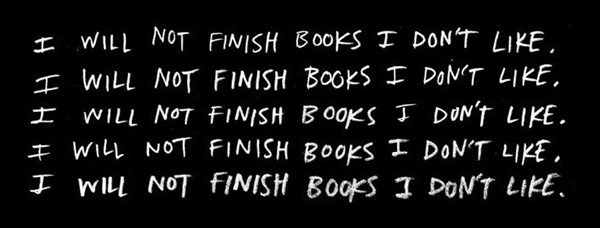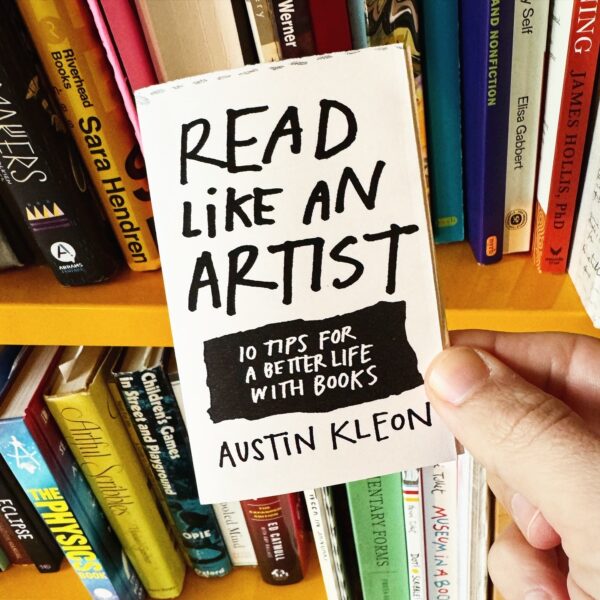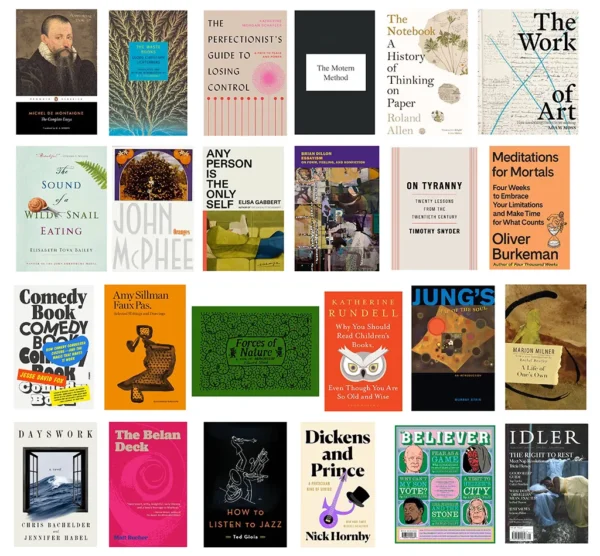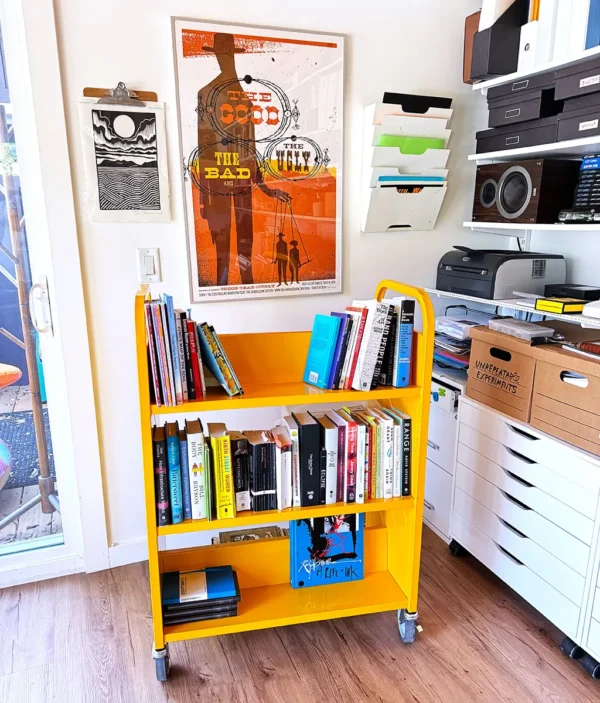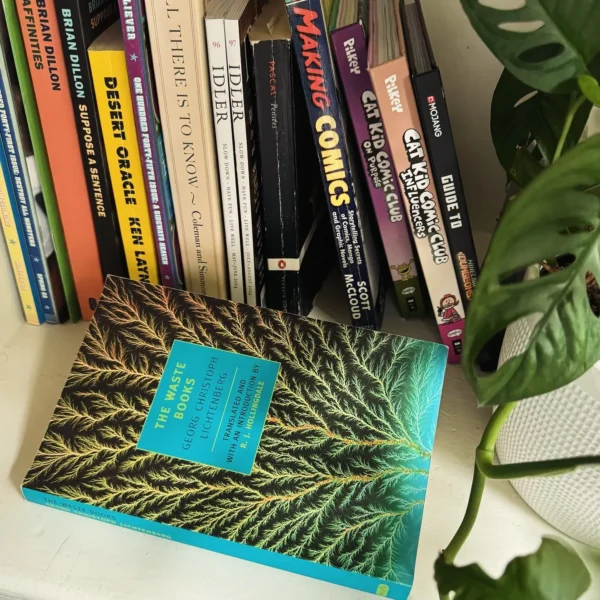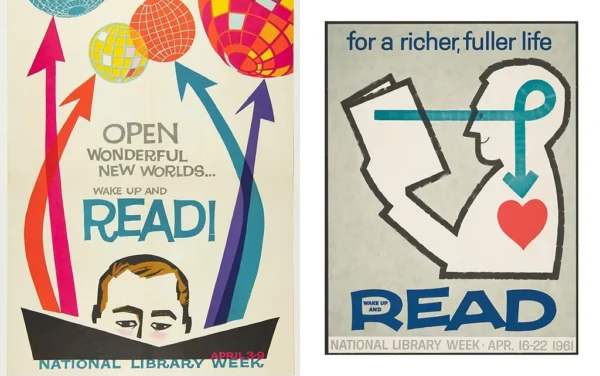
Tuesday’s newsletter was “on sitting around and reading a novel” for nothing but the pleasure of it:
[The feeling] that you’re getting away with something […] is really important to the reading experience. Reading should feel a little subversive… because it is! To sit around and read a novel in the year 2025 is an act of resistance — you’re swimming against the current of the entire contemporary shitstream.
Readers left hundreds of recommendations in the comments of that one.
For a list of some of my favorite novels, check out a previous letter, “Big books for summer.”
